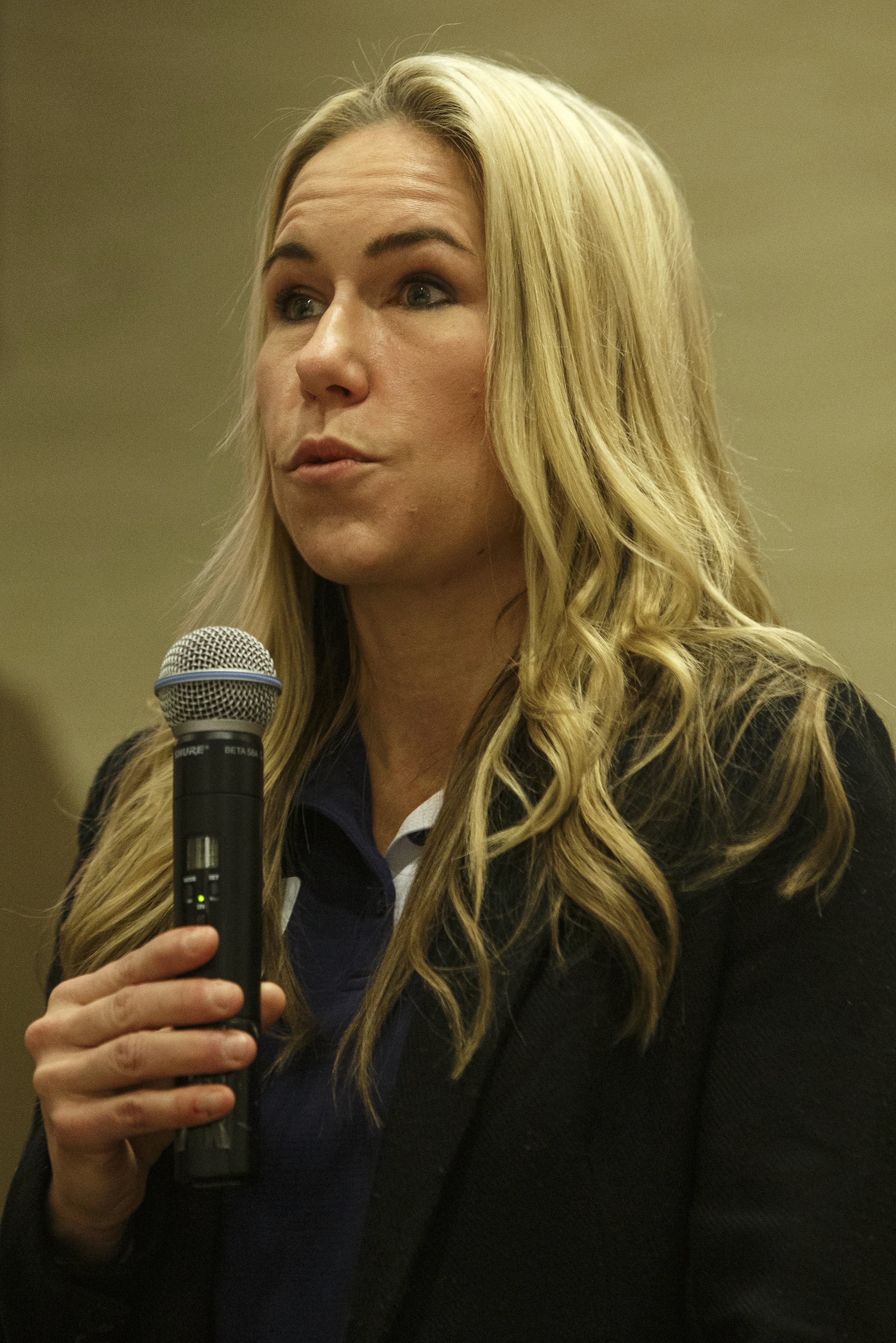"Worksite wellness" can look different depending on the company, but one thing most can agree on is that promoting a healthy workplace is about more than just encouraging employees to hit the gym and get their flu shots every year.
The third annual "Worksite Wellness Summit" presented by the American Heart Association and CHI Memorial in Chattanooga encouraged area businesses to be healthier and provided employers ideas on how to do just that.
Whether there are four employees in the office or 4,000, speakers encouraged others to create a healthy environment for employees even if they don't have state-of-the-art gyms on site, like at BlueCross BlueShield, Unum or McKee Foods.
"We wanted to do this event so Tennesseans can be healthier, Chattanoogans can be healthier and because if you aren't being healthy at work then you aren't going to do it at home," says Terran Anderson with American Heart Association.
While workplace wellness programs can have major benefits for an employee's overall health, Lindsay Hyden said they can also be a way to attract and retain recent graduates who were used to having a campus gym built into their tuition fees.
Hyden, who is the associate director of the campus aquatic and recreation center at the University of Tennessee at Chattanooga, said more and more of their students are seeking out employers who have a wellness program in place.
"Students will tell you, 'When I'm looking for a job, I'm looking for somewhere that cares about my wellness and can offer me a discount or membership if they don't have a gym, or if they do have a wellness facility, that they encourage me to go there and be involved in that,'" Hyden says.
According to Hyden, the UTC recreation center offers alumni memberships for $30 a month, and campus rec staff noticed an increase of alumni memberships about four years ago when Tennessee Valley Authority shut down most of their on-site gyms to cut operating expenses.
If a recent graduate is trying to decide between two job offers, they are probably going to choose the employer where they and their wellness is more valued, Anderson said.
"The millennial generation is looking for stuff like this," she says. "As they are leaving UTC and UTK and all these other campuses that have these fabulous facilities for wellness, they are going to look for an employer who is mimicking that. They don't want to give that up."
Hyden and Anderson provided some good tips for employers who want to expand or add wellness programs and incentives. Employers can have walking competitions between different offices and locations, have walking meetings instead of sitting at a large conference table, bring in healthier snacks for the break room, have stretching breaks and encourage employees to take their lunch breaks and not eat at their desks.
Hyden even suggested a Bingo board where employees can cross off certain goals when they meet them such as drinking 72 ounces of a water in a day or bringing a healthy lunch three out of the five working days.
She said smartphone apps can also be a good way to engage employees. Sworkit, 7-minute workout, Couch to 5K, My Fitness Pal and Hotseat could come at no cost or a very minimal one to employees and employers.
"That's what we are trying to push toward - the healthy choice being the easy choice," Anderson explains. "That's going to look different for every single employer."

